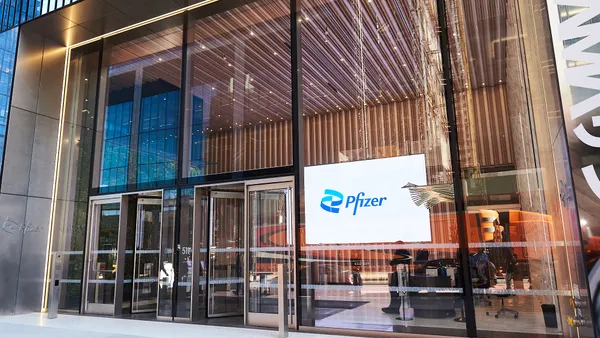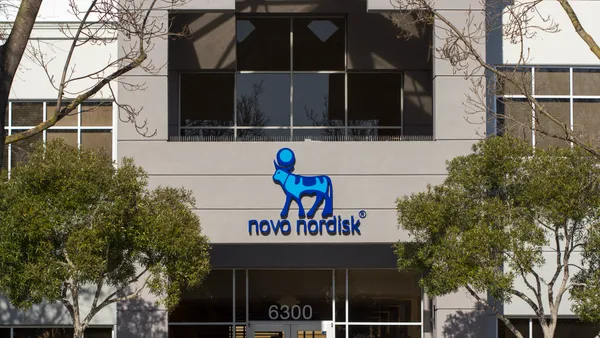Product: Rozerem
Client: Takeda
Debut: July 2006
Agency: Cramer-Krasselt
CCO: Marshall Ross
CD/Copy: Dan Consiglio
Art: Noel Ritter
In the early 1980s The Martin Agency’s former star employee, Luke Sullivan, revolutionized the agricultural industry with a series of television spots for Round-Up herbicide. In the spots, a weed obsessed with its own survival stalks Round-Up billboards and destroys them. These were the first ads in the category that tried to build a relationship with the consumer instead of giving them a laundry list of benefits. It was a turning point: emotional branding in the agri-business sector. People suddenly cared about a weed killer. Twenty-plus years later, enter Rozerem with an ad featuring an insomniac, a game-obsessed Abe Lincoln, a belligerent beaver, and an aloof deep-sea diver. Add to the mix crisp intelligent writing, humor, a clear visual style and, last but not least, a client with the courage to not only recognize truly creative work, but one that has the wherewithal to run the gauntlet to get the work approved, and get it in print, on air, and online. While this campaign is being held up by some “industry professionals” for failure to perform in “gaining market share,” I usually prefer to listen to people out in the real world or the audience for whom the ads are intended — the consumer. When I informally asked nonadvertising people about Lunesta, I got “sleep aid” and “moth” as responses. With Ambien CR I heard “sleep aid” and “time-released.” But with Rozerem I got, “He cheats.” “Hello? Honest Abe.” “Whatever.” When was the last time you heard someone quoting dialogue from a pharma-industry ad without it being a joke? Obviously, this campaign is working on many fronts, not the least of which is all the attention it has generated. The Rozerem ads may not be a revolution in the history of advertising, but they are something new, memorable, and fun in the pharma category that consumers actually talk about. It should also remind us that the best way to motivate our target consumers to actually ask doctors for our products is for them to actually have a favorable impression of our clients’ products in the first place. So while a waffle-eating beaver may not be the answer, it’s a darn sight better than another vanilla couple walking hand-in-hand on the “pharma beach.” Or, to quote the beaver, “Whatever.” This campaign works on many fronts, not the least of which is all the attention it has generated, according to Marty Hardin, Senior VP, Creative Director, at Palio Communications, Saratoga Springs, N.Y., an inVentiv Health company. For Art’s Sake June 2007









